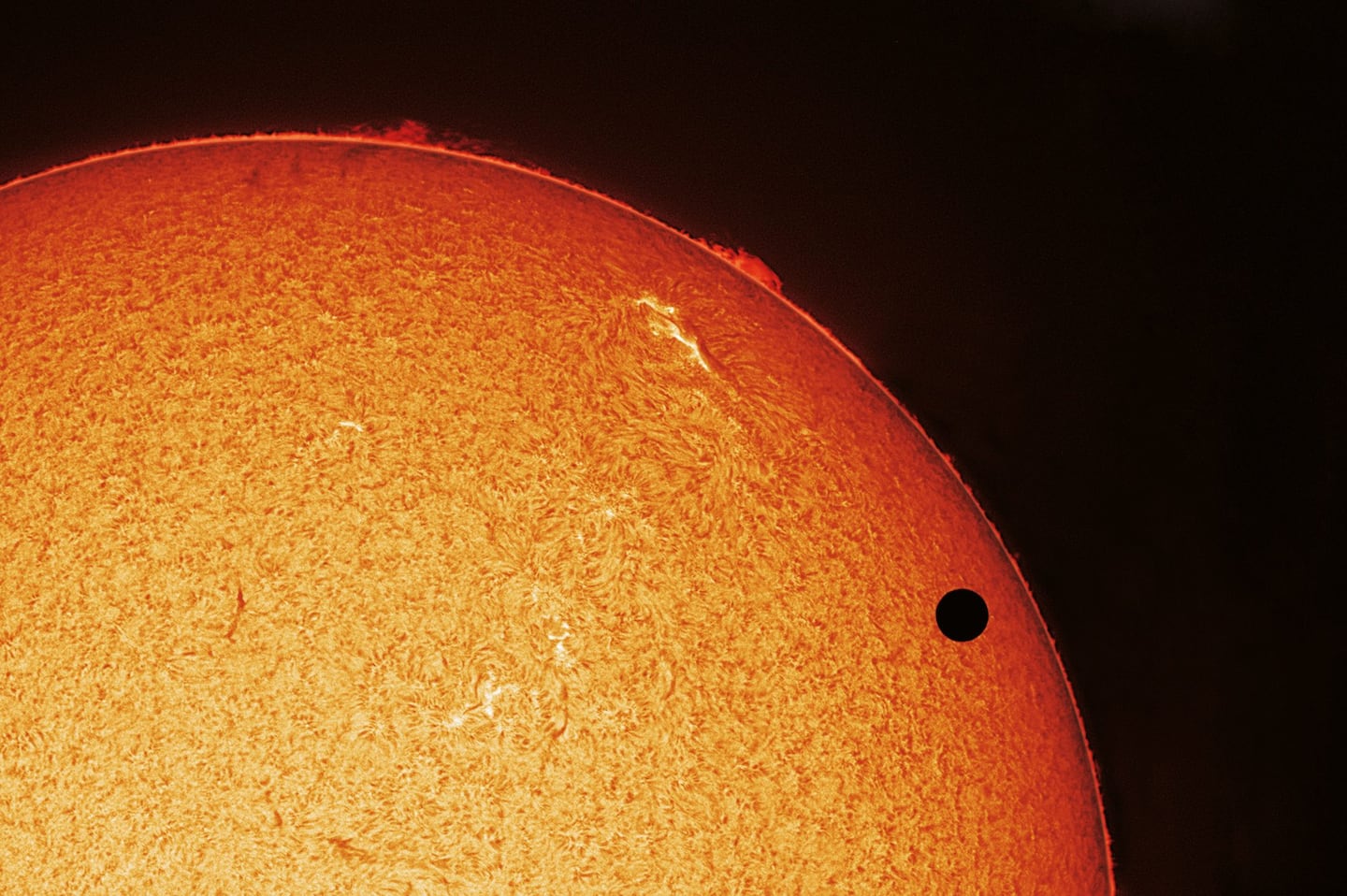The Transit of Venus in 1874 saw the first formal collaboration of American and New Zealand science, and this year its its 150th anniversary is being celebrated.
The Transit of Venus is a rare occurrence where Venus passes in front of the Sun and becomes visible to human eyes in the form of a small dot.
This year, Te Kunenga ki Pūrehuroa, Massey University and the Chatham Islands Museum are working with Universities New Zealand to celebrate the event.
Massey University senior researcher Kelvin Tapuke (Te Ātiawa, Ngāti Tama, Ngāti Mutunga) says one of the venues potentially holding a celebration is one that is familiar with the Transit of Venus.
“At Te Rau Karamu Marae on Pukeahu in Wellington, on top of that hill there was an amateur observation of the Transit of Venus,” Tapuke says.
Tapuke says mātauranga Māori will play a part in the celebration of the anniversary.
New technology
“People say physical science is one thing and social science is another. They try to make it so mātauranga Māori fits within social science but it doesn’t - it sits alone. It has its own mana. So the revitalisation, the restoring of that particular knowledge system in places that we’re looking at in terms of celebrating the Transit of Venus is going to be located in those spaces.”
Massey University professor and Chatham Islands Museum curator David Johnston says the event not only marked a first of many collaborative efforts between Aotearoa and America but also introduced new technology to the country.
“It was some very interesting science because it was when the new technology, photography, was used for the first time.”
Those photos are now held by the Chatham Island Museum, which had also been involved in the observations of the transit.
Captain Cook connection
Johnston says the significance of the collaborative transit observations was “the mechanical version of the universe through understanding and relativity, that time and space themselves are not constant and that time and space can bend.”
The historical significance of the Transit of Venus to Aoteaora can also be traced back to the arrival of Captain Cook and his discovery for the western world of this country.
It has been recorded that for the transit which took place in the 1700′s, Cook was sent to Tahiti to observe the event and in his travels this led to his discovery of Aotearoa and its people, the Māori.
However, for Johnston, this anniversary is a celebration in a long-standing relationship between two nations.
“We’ve got a long history in the past 150 years on lots of topics working with the United States. Subsequent work in the US has been around Antarctica and, in my field, we’ve done a lot of work on natural hazards, earthquakes, volcanoes, tsunami,” he says.



